
Known as the national symbol of Great Britain, the Bulldog is a medium sized dog with a smooth coat, heavy, thick-set, low-swung body, massive short-faced head, wide shoulders and sturdy limbs. The Bulldog is an ideal pet as he loves to be in the company of his family, adores children and makes an excellent companion to them because of his gentle, sometimes stubborn nature. He was originally a fighting dog, but now he's about as easygoing as a dog can be.
Life Expectancy:
8-12 years
Energy Level:
Low; sluggish.
Living Conditions:
Never chain them outdoors. Will destroy things if left alone for long periods
of time.
Barking:
Average
Exercise Needs:
Light and uncomplicated exercise. A short daily walk should suffice.
Breed Group:
Non-Sporting
Size:
Medium
Height:
12-15 inches
Weight:
40- 55 pounds
Standard Hair Colors:
Brindle, solid white, red, or fawn, or any of these on a white background.
National breed club:
The Bull Dog Club of America
Because of their courage and apparent capacity to endure pain, Bulldogs were shamelessly exploited for many years in the sports of bull baiting, bear baiting and dog fighting. Bull baiting was made illegal in England in 1835. Today, the Bulldog loves people and the attention people give him. As a rule, he is a good, quiet companion. They are not good watch dogs although their looks alone tend to deter any potential intruder. Bulldogs today are successfully competing in Obedience competition as well as Agility and Tracking.
The Bulldog is affectionate, uncomplicated, gentle, intelligent, sensitive, and fearless. Bulldogs enjoy mixing with other dogs and household pets. They are good with children. Some are cautious with strangers, but most are friendly to everyone.
Exercise is important for a Bulldog to build stamina and prevent obesity, but don't overdo it, particularly when it is hot or humid. Because of his face and body type, light and uncomplicated exercise is enough to keep him healthy. It will adapt itself to the activity level of your family. Sufficient rest is key to development of healthy bones, muscles, and joints.
A Bulldog does best in a loving environment, free from fear and neglect. They are happiest when there are people around. Left alone, a Bulldog (like any other breed) can be destructive. A dog crate is a good investment. A Bulldog should never be chained. Not only is it dangerous for your Bulldog's well being, but makes him a target for “dognappers”. An air-conditioned house is his favorite place in the summer.
His toenails will require frequent trimming, his ears and wrinkles frequent cleaning and he will need an occasional bath. As with any dog, always provide your Bulldog with clean water and a correct and nutritious diet.
Bulldogs are prone to a variety of health issues, many of which are directly related to the physical charateristics that are desired in this breed. Some Bulldogs suffer from extreme airway obstruction that needs to be surgically corrected due to their extremely short muzzles. The breed can be prone to hip dysplasia and elbow dysplasia as well as entropion and skin allergies. Always seek a reputible breeder who does the appropriate testing on their dogs before purchasing a Bulldog puppy.
...you may also like the character of the Boston
Terrier or appreciate the
Bull Terrier as a companion dog. They are affectionate and are good with children.
Other non-sporting dogs have different personalities and appearances and you
may want to consider the Chow Chow, Dalmatian, French
Bulldog, and Keeshond.
If you like the Bulldog’s uncommon sight in the neighborhood, you may
also consider the Schipperke and Tibetan
Spaniel.
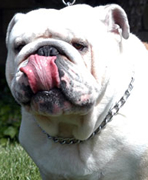
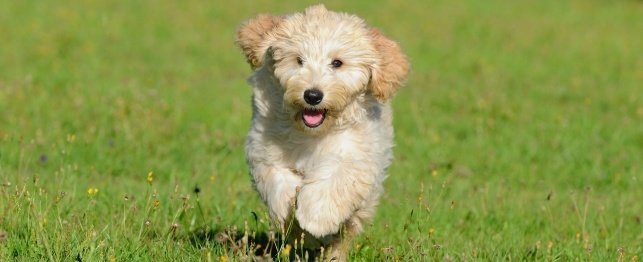 Choosing a Goldendoodle Dog (Golden Retriever and a Poodle Cross)
Choosing a Goldendoodle Dog (Golden Retriever
Choosing a Goldendoodle Dog (Golden Retriever and a Poodle Cross)
Choosing a Goldendoodle Dog (Golden Retriever
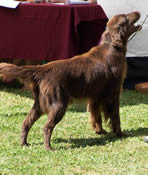 Flat-Coated Retrievers: A guide to dogs and puppies of the Flat-Coated Retriever breed
The Flat-Coated Retriever!
The Flat-Coated Retriever is a s
Flat-Coated Retrievers: A guide to dogs and puppies of the Flat-Coated Retriever breed
The Flat-Coated Retriever!
The Flat-Coated Retriever is a s
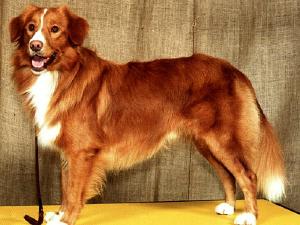 Nova Scotia Duck Tolling Retriever
Nova Scotia Du
Nova Scotia Duck Tolling Retriever
Nova Scotia Du
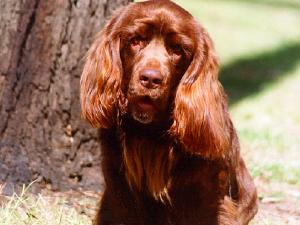 Sussex Spaniel
Sussex Spaniel
Sussex Spaniel
Sussex Spaniel
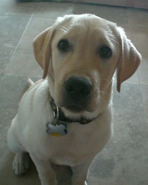 Labrador Retrievers: A guide to dogs and puppies of the Labrador Retriever breed
The Labrador Retriever!
The Labrador Retriever has several
Labrador Retrievers: A guide to dogs and puppies of the Labrador Retriever breed
The Labrador Retriever!
The Labrador Retriever has several
Copyright © 2005-2016 Pet Information All Rights Reserved
Contact us: www162date@outlook.com